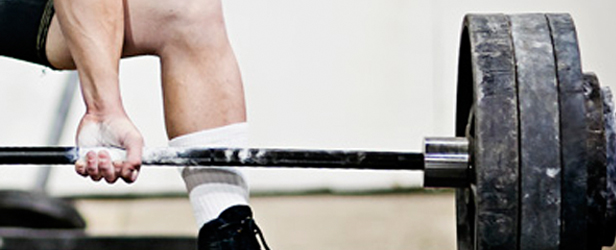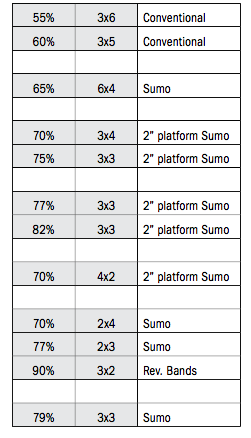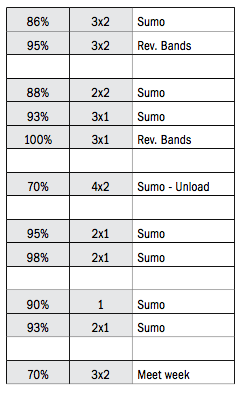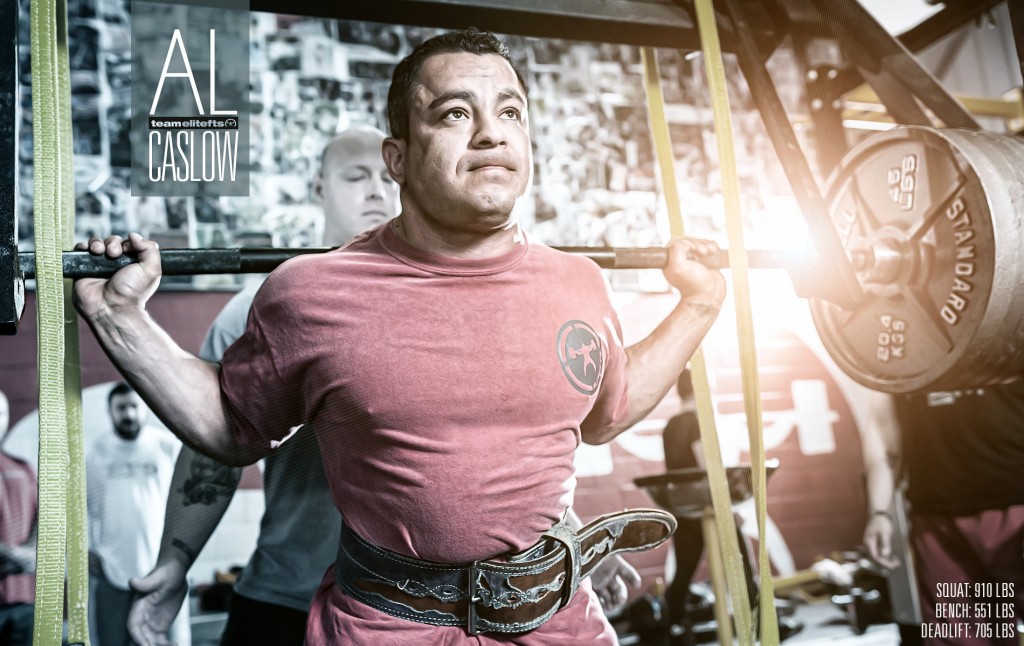
This is a excerpt from the 2012 MAW Programs That Work Book
When this routine was originally created, the one key objective was to make a strong deadlifter STRONG(ER). When you consider the difficulty in improving an elite lifter’s deadlift, while also improving in the squat and bench, it seems like a suicide task. Regardless of common sense, we had to try—and try we did.
This is the original routine that I drew up for Shawn Frankl after he had stalled multiple times in the mid- 700s. Our sole goal was to not slow down the other lifts while simultaneously hitting the deadlift hard—at least hard enough to get it stronger.
The first thing we knew that was lacking was a specific and formal cycle. However, we also needed to identify indicators. We needed to find which lifts would harness his weaknesses while also improving his technique. Technique is easy; there’s no better way to get something better than to practice. Therefore, we knew that the volume was going to get higher than it typically has been for him. Indicators were a different item for us, as we really didn’t know where he was stalling.
"So we started from scratch, which makes this routine ideal for someone looking to get his deadlift out of a rut."
The funny thing is that I had a million and one requests for this routine after Shawn hit his 780-pound deadlift, which turned out to be about a 40-pound PR for him. This was also the third consecutive time that he hit a PR using this routine (with minor tweaks and changes).
So, without further ado, here it is in its original form:
Key notes about the cycle:
- Be very aggressive in your pulling. This doesn’t mean that you need to yank the crap out of the bar; it means to be aggressive but technical in all reps.
- Do not be passive with any set and any rep. That won’t help your form; form needs to be im- proved while firing in all cylinders—this is the very reason it’s easy to look amazing with lighter weights.
- The last key is to never use your biggest max. You’re not 100% every week, so using your max could be more damaging than helpful. Be conservative. We used 95% with Shawn—never more but never less. The guy was a machine and could handle about anything thrown his way.
WATCH: So You Think You Can Deadlift?
As for the specifics
Notice we used deficit pulls at 2”. When using a platform, it needs to be 2” minimum, 3” max. Or you can use all 35s instead. The purpose here is not to improve starting strength, but to help force you into proper position. American powerlifters have the worst flexibility and hardly get into proper sumo position. Extending the amount of stretch needed to get it right helps increase the range of motion in the hips. You won’t get the necessary effect from one week, which is why we dedicated three weeks to this. There is always room for general improvements like technique, form, and ROM.
As for the reverse band cycle after the platform work—this was solely to get more work from the floor but
to focus on working the mid/upper back more so than the hips. The reverse band allowed for full range (to continue hammering technique), but it also relieved hip activation enough so as not to bang them too much. It also increased the mid/upper back recruitment to lock out the heavier weight.
I love this routine so much that I kept it and have used it on many other lifters who were looking to improve their deadlift. In fact, it was the template Mick Manley used (with some slight modification) to go from a mid- 600s pull to a low-700s pull. I also used this exact routine to get my first 700. Enjoy—it’s not as easy as it looks!













(Please note, this is Al's program, and I am only giving my input and understanding).